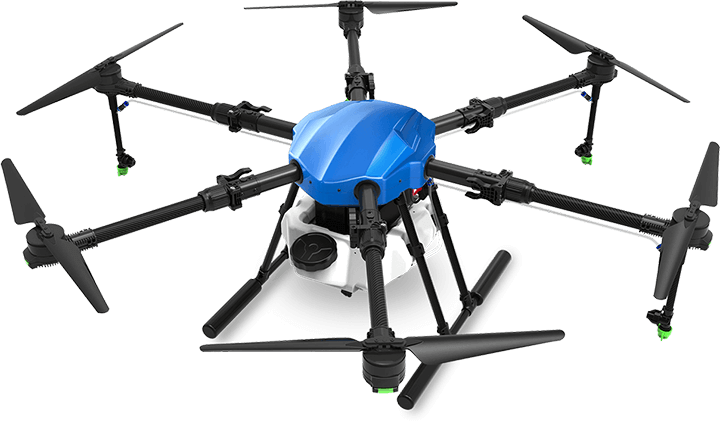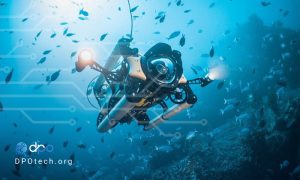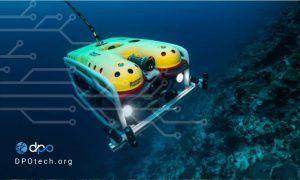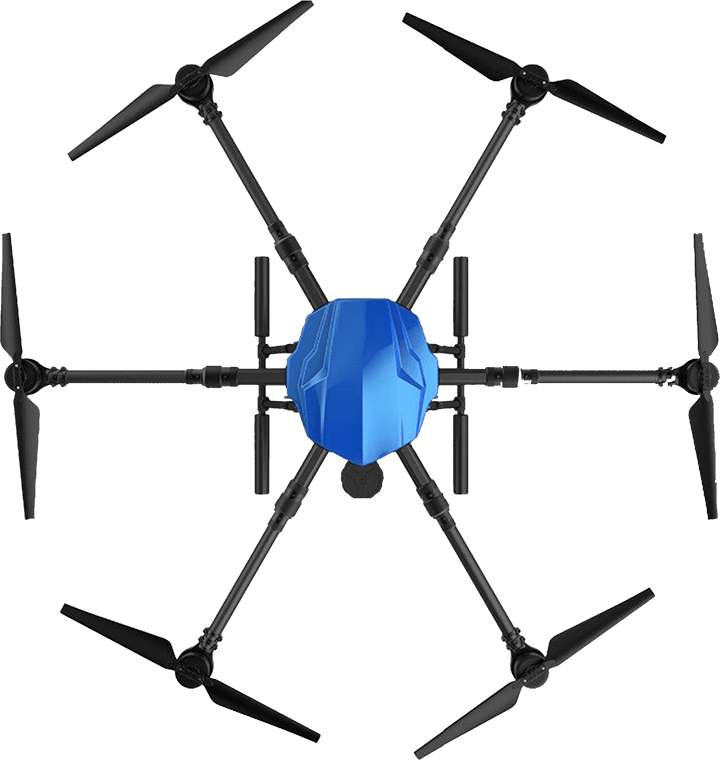Designing and selecting power and propulsion systems for drones is carried out in accordance with their design process. Since drone design always involves numerous variables, it must consider the final weight of this versatile vehicle and its intended use, so that you can ultimately use this intelligent and practical device without any issues. Darya Peyma Ozhen Company, as a knowledge-based company, analyzes the structure of drones and evaluates their performance to consider the best waterproof brushless motors for each drone. If you need further information, you can get in touch with the experts at our company.
Definition of Drone Motors
Drone motors are recognized as the power source of a drone, capable of influencing its speed and flight characteristics. Therefore, when designing and selecting power and propulsion systems for drones, it is essential to gather various information about different types of motors, their functionality, as well as some of their crucial features.
In the definition of an electric drone motor, it should be noted that this motor converts electrical energy into mechanical energy and consists of important components such as the stator, rotor, and iron core.
Depending on the type and usage of the drone, whether it is used as an agricultural drone or a commercial and recreational drone, there are two commonly used types of motors that can be chosen. In the following, we will examine these two types in detail.
Brushed Motors
Brushed motors are a type of electric motor that utilizes a rotating magnetic field to generate propulsion force. These motors consist of an iron rotor with copper wire coils and a stator with permanent magnets. The stator of a brushed motor is composed of permanent magnets that create a constant magnetic field. The stator’s magnetic field remains fixed and interacts with the rotation of the rotor. Generally, brushed motors are more affordable, have a shorter lifespan, and produce more noise.
Brushless Motors
Brushless motors are another type of electric motor that uses a rotating magnetic field to generate propulsion force. These motors are composed of a rotor with copper wire coils and a stator with permanent magnets. The rotor of a brushless motor is connected to an electronic controller that supplies alternating current, creating a rotating magnetic field. This magnetic field interacts with the stator’s magnetic field, ultimately causing the rotor to rotate. Brushless motors operate in a manner that finds applications in various robotic devices, including underwater robots.

Designing and selecting power and propulsion systems for drones
Designing and selecting power and propulsion systems for drones is a highly complex process that requires thorough and systematic analysis. We recommend paying close attention to the information provided in the tables.
When you intend to design and select power and propulsion systems for drones, there are some points to consider, which are discussed below:
Weight and Size of the Drone:
When selecting a motor for the propulsion system of a drone, the weight and size of the drone are crucial factors that should be taken into consideration. The drone’s motor must be able to generate enough thrust to counteract the weight of the drone and lift it. The torque of a drone motor indicates its ability to change speed from one velocity to another. Motors with higher torque are required for larger propellers and create a higher current compared to motors with lower torque.
Power Requirements of the Drone:
Considering the payloads that the drone is intended to carry, such as various cameras, sensors, cargo, and different materials, the power and motor of the drone should provide the necessary force for these functions.
Type of Drone Flight:
The specific type of flight that the drone is intended for requires specific motor requirements. Accurate assessment of these needs should be made to select a power and motor system suitable for long flights or high-altitude flights.
Drone Flight Environment:
The environment in which the drone will be flying, such as dusty and polluted environments or humid conditions, affects the power system of the drones. Therefore, thorough and comprehensive assessments should be conducted by specialized teams in this field. Currently, the experts at the Ocean Explorer group can perform all these calculations effectively as a knowledge-based organization.
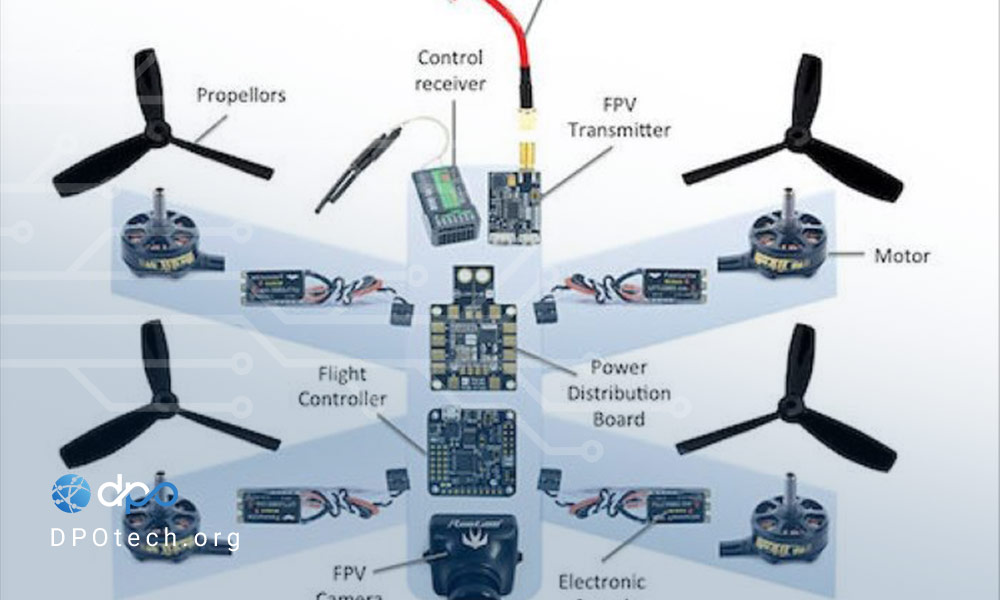
Important Factors in Selecting Power and Motor System
So far, we have understood that designing and selecting power and propulsion systems for drones require attention to various factors. Once the power requirements of the motor and drone system are determined, it is necessary to choose the best among the available systems in the market and different motors.
Designing and selecting power and propulsion systems for drones is a complex process that must be done correctly. This choice directly affects the safe and efficient flight of the drones.
Some of the most important factors to consider when selecting a power and motor system include the following:
Motor Type
The motors used for drones are generally classified into two categories: brushed motors and brushless motors, and you can choose either of them depending on the usage conditions.
Motor Size and Weight
Motors are placed in the four corners of the drone frame, so they have a significant impact on the drone’s response. They should be selected according to the dimensions and size of the drone’s body and the speed requirements.
Voltage and Current Consumption of the Motor
It is important to know that voltage plays a crucial role in selecting the propeller and motor. With higher voltage applied, the motor spins faster.
Propulsive Force
Propulsive force should be the primary consideration when selecting a motor, and attention should be paid to its current consumption and efficiency.
Temperature
Temperature has a significant impact on the performance of drones. Therefore, care should be taken to select motors that do not operate at excessively high temperatures inside the compartment. Additionally, motor designs that contribute to system cooling help extend their lifespan.
Motor Efficiency
Motor efficiency refers to the percentage of power that drives the rotor. The higher the motor efficiency, the more power it provides to the drone for flight, resulting in increased battery life.
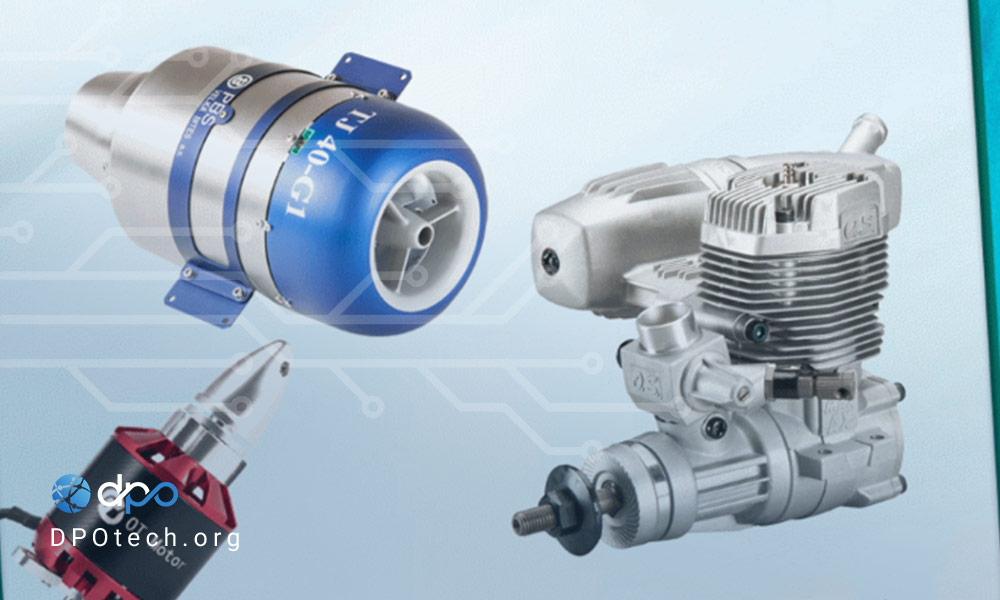
Seeking Consultation from Ocean Explorer for Drone Motor Selection
When you intend to select a power and motor system for your drone, it is important to pay special attention to factors such as the weight and size of the desired drone, motor power, motor efficiency, motor durability, and similar aspects. To make more successful motor selections at each stage, it is necessary to seek advice from specialized professionals and experts.
Currently, Ocean Explorer, known as a specialized commercial drone company, offers specialized consultations in the design and selection of power and motor systems for drones. With their team of professional experts, they can provide tailored advice on choosing the best motors based on your drone’s specific use case.


